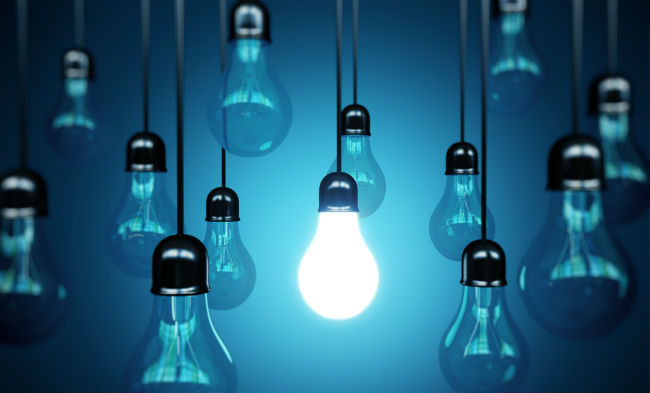
Among the many recent changes we’ve made as a society, we’ve had to ditch the incandescent lightbulb. Not everybody was a fan; despite the fact that Bush was the one who killed incandescent bulbs, Obama got the blame as people hoarded their precious round lightgivers. And now that everybody’s had two years to get used to the fluorescent lights and LEDs that are more power-efficient, MIT has to go and start the whole argument up again.
At issue is MIT’s new bulb design, which builds a special crystal structure into the glass. Light gets through, but heat is bounced back to the filament to be reused. That increases the energy efficiency of the bulb eightfold, from 5% of energy used turned into light to 40%. And that is, according to its designers, the low end of efficiency that can be achieved.
The real goal here is to improve the efficiency of solar cells and other light-emitting, or light collecting, tools, but it also could potentially put incandescent lightbulbs back on shelves. The issue was never with the bulb, just with its power efficiency. LEDs and fluorescent lighting use roughly 14% of their energy on light, something MIT’s experimental bulb could easily achieve.
It might be welcome. The main argument against current bulbs is basically that they’re too good; the colors are too “cold” and some have argued that they might cause long-term health problems, although the research is spotty at best at the moment. Besides, the real goal here isn’t to get rid of incandescent light, but to waste less energy turning the lights on. If it happens to please people while doing it, really, all the better.
(Via The Telegraph)
